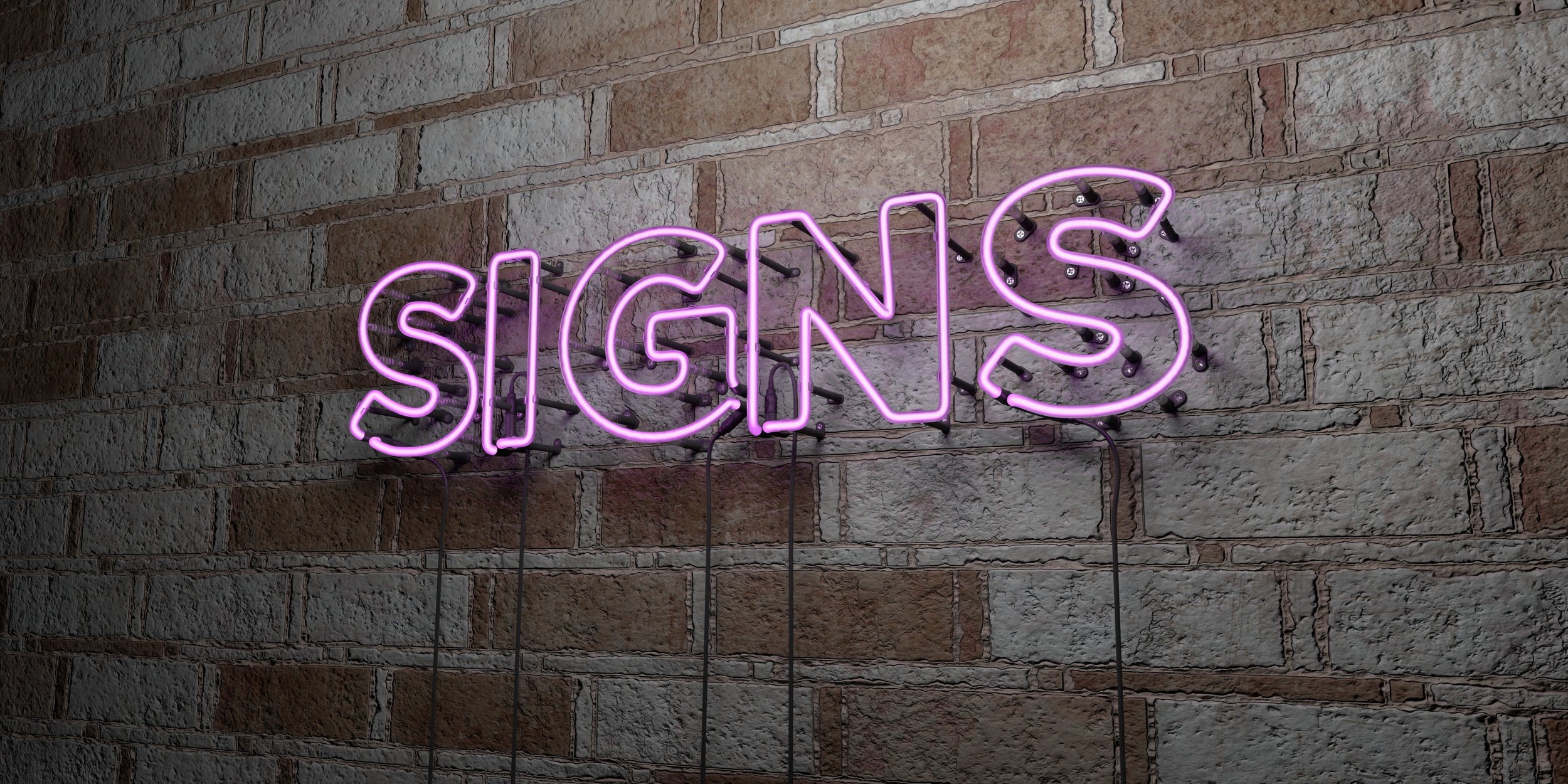
Most laminate flooring is of the floating type. This means that the floor covering is either glued together or the boards are interlocking. This type of covering has gained in popularity in recent times and it is a quick and easy way to make your property look glamorous if you are thinking of selling it.
This floor is called floating as it is not tacked to the subfloor beneath. This allows the laminates to move and expand.
However, if you want to replace your carpets with this type of covering, you should ensure that you buy laminate underlay. This material will soundproof your room and prevent the flooring from showing the imperfections from the concrete or wooden floor underneath. It also stops the laminate from cracking and ageing prematurely. If u need more information Amber has the answer about this.
Although laminates are not as strong as wooden planks, the manufacturing process is thus that the product is a good imitation of wood. The floor covering has been finished so that it is stain resistant and messes are easily wiped up.
If anyone in your family has asthma then you will also probably want to fit this material as dust mites cannot hide from the mop and bucket. A vacuum cleaner will not always get rid of these mites in carpeting.
Even though this flooring material does not show minor bumps, you should still ensure if you are going to do the job yourself, that the subfloor is as even as you can get it. You can either screed a concrete subfloor or you can sand it if the unevenness is not that great.
When you are dealing with a wooden base you may want to stop up cracks so that dust cannot rise up. When you have put down the underlay you can now begin the job. You should ensure that you leave a little gap between the skirting board and floor to enable the laminate to expand. If you do not do this you may end up with a hill in the middle of your floor.
You can overlap this small gap with a piece of moulding to hideit, but make sure that you do not attach it to the floor. It has to be secured against the wall bit so that the floor can expand when it needs to.
Laminates are suitable for most areas, but in great places of damp such as bathrooms, they are not an ideal material to put on your floor.
If you have underfloor heating you can buy special padding that can cope with heat from this source. There are foam products available that are fine with low-temperature heating of this kind. If you are not sure, you can always ask for advice from your supplier. They will not sell you something that is not suitable to put down under your laminate floor. Otherwise, you could call in a flooring expert.

